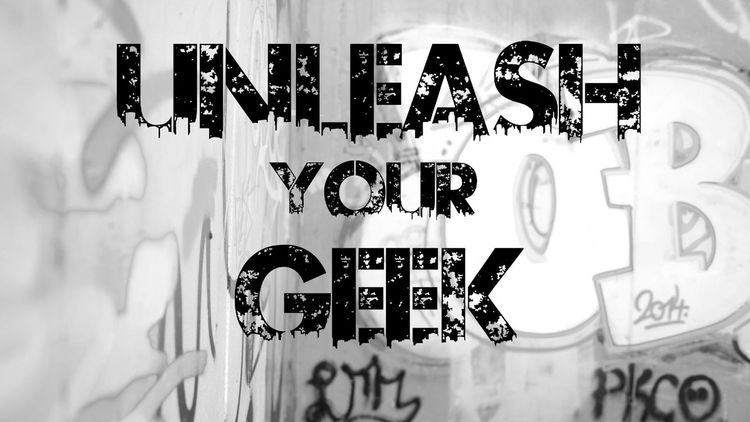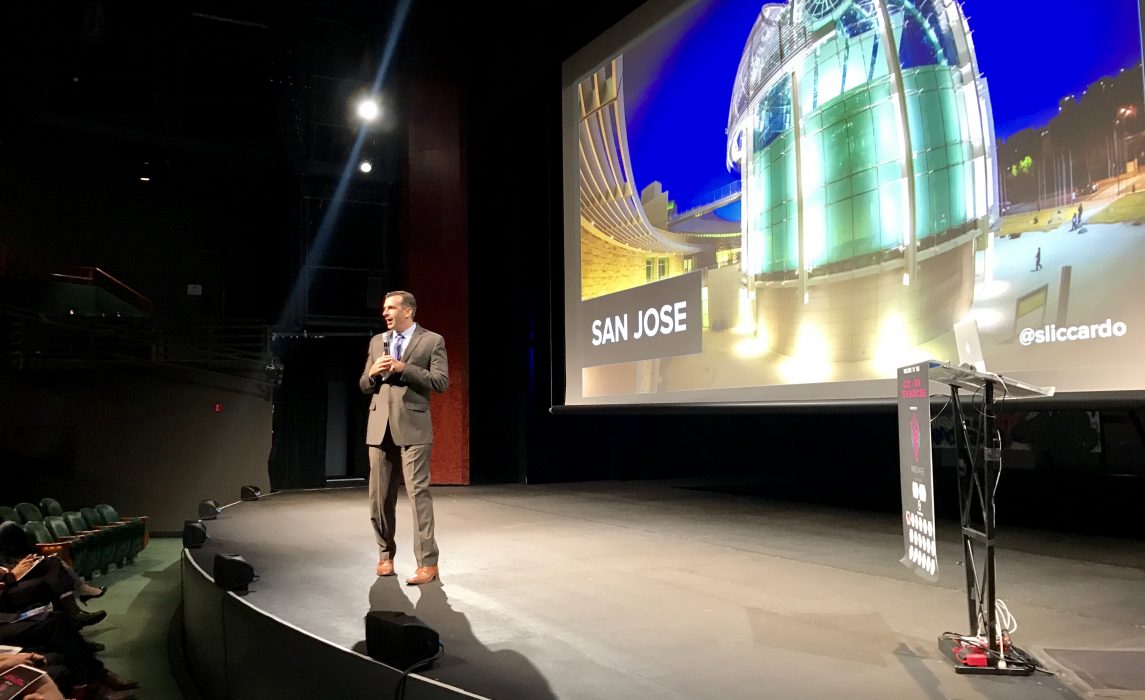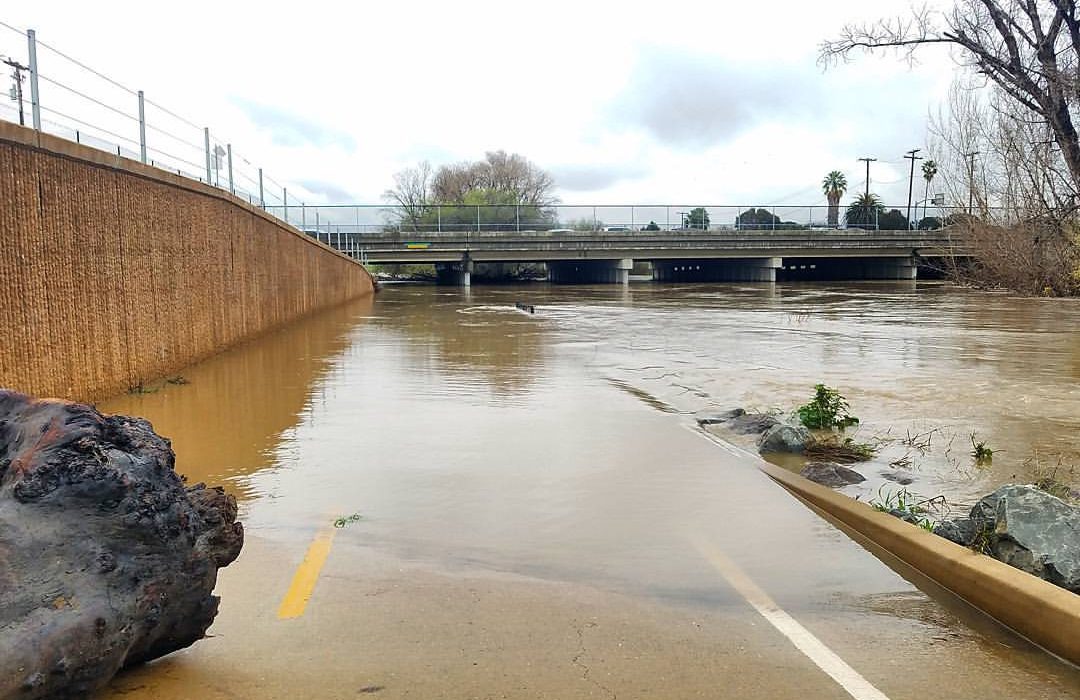Your download is ready. Click here to download.
Located in the heart of Silicon Valley, San José, California, wanted to harness the city’s world-class tech talent in tackling its problems. In 2016, Mayor Sam Liccardo launched Unleash Your Geek, a challenge that asked for innovative solutions to specific issues. The city partnered with residents and organizations to develop the ideas into workable solutions. In its first two years, Unleash Your Geek focused on graffiti and flooding, and city staffers worked with universities, community groups, and other city agencies to outline the problems and get residents engaged in solving them. The winners of the first two challenges created a drone that removes graffiti from highway overpasses and flood sensors to put in creeks around San José.
The Problem
Nicknamed the “capital of Silicon Valley,” San José, California, is one of the densest tech hubs in the country. The city houses the corporate headquarters for Cisco, Adobe, and eBay, and it’s less than a half hour drive from Google, Apple, Intel, and Facebook. Home to Stanford, Santa Clara University, and San José State University, the region consistently tops the list of most patents issued per capita.
So when Mayor Sam Liccardo took office in 2015, he wanted to find a way to harness the city’s world-class tech talent. The city was understaffed, and the mayor’s office had a small team of 25 people who were responsible for everything from policy to planning to administration. Part of Liccardo’s strategy was to partner with foundations, universities, nonprofits, and other city stakeholders to bolster the efforts of his staff. With this in mind, Liccardo started brainstorming ways to use the resources already in San José to come up with innovative solutions to the city’s problems.
“Unleash Your Geek falls under the mayor’s vision of unlocking the community’s potential,” said Khanh Russo, the director of Strategic Partnerships. “Our team is charged with thinking about how to access the best of our community: individuals, corporations, technologies, and universities.”
The Unleash Your Geek challenge asked residents to come up with solutions, first through an open competition and then through a partnership with local universities. The mayor’s office helped participants develop and implement their ideas by working with other city departments, businesses, and local organizations.
Focusing in on Graffiti
From the outset, Mayor Liccardo wanted the first Unleash Your Geek competition to focus on graffiti. It was important that the challenges address major issues in the city, and graffiti was near the top of the list, according to Chief Innovation Officer Shireen Santosham, whose Office of Technology and Innovation oversees Unleash Your Geek.
Santosham said getting rid of graffiti “drives a feeling of civic pride and helps to make public spaces feel more safe.”
Removing graffiti from hard-to-reach places like highway overpasses can cost as much as
$60,000 per removal, requiring highway lanes to be closed and transportation to be disrupted. In fiscal year 2017, San José’s graffiti removal contractor completed 30,000 work orders to remove graffiti. Since 2011, the city has spent $4 million to eradicate graffiti.
And graffiti isn’t just costly and time-intensive to remove. Its presence can also affect how residents view their neighborhood and city government. Despite the time and money the city spends removing graffiti, residents’ perception of the city’s efforts are largely negative. In an annual survey conducted by the city auditor of San José residents, 73 percent of respondents said the city’s graffiti removal services were “fair” or “poor.”
The Solution
The city officially launched challenge, titled Unleash Your Geek, in May 2016. The city asked applicants to design “a rapidly deployable solution that will dramatically reduce the cost of graffiti cleanups, reduce the amount of necessary personnel, and will not require the closing of highways to deploy.” Applicants were asked to submit through a website detailed proposals that included their ideas and how they would execute them. The city noted that the applications could include charts, budget projections, videos, schematics, designs, and reports, but no specific materials were required.
Once graffiti removal was targeted as the problem San José wanted to solve, the city partnered with California’s Department of Transportation (Caltrans), which was already involved in efforts to remove graffiti from roadways, and the U.S. Patent and Trademark Office. The idea was that the Patent and Trademark Office’s West Coast regional office, which was housed in San José City Hall, could help teams apply for patents for their solutions, while Caltrans could help with prototypes and pilot projects.
Vicki Sun, a technology and innovation adviser in the mayor’s office, said Unleash Your Geek was designed to be a lean program, requiring minimal city resources. “We were there to facilitate it, to seek sponsorships, and to get it to the stage where the finalist could prototype,” said Sun.
Nuts and Bolts: How it Works
Initially, the city used a public email discussion list through the library’s network to try to raise awareness about Unleash Your Geek and solicit applications. But that did not produce many viable entries. The city then went through HeroX, a platform that was spun off from the XPRIZE as a way to democratize that competition’s model. XPRIZE creates competitions to solve social challenges. The site was founded for exactly the type of challenge that San José wanted to run: One that aims to harness a community’s brainpower and innovation to solve a problem.
Once it had the platform, the city also did outreach to local universities, particularly San José State University, by connecting with university professors with whom staff had relationships to solicit applications from students, professors, and graduates. Staff members reached out to civic tech organizations as well, and the mayor mentioned the competition in his state of the city address.
Ultimately, 140 teams submitted applications. Sun said six to 10 of the applications were usable and four to six were high quality. An independent panel of judges — including representatives from Microsoft and Prospect Silicon Valley, an incubator focused on solutions for cities — evaluated the projects based on the portability of the devices, ease of replication and product manufacturing, and ability to remove graffiti so that the surface is even and clean. The city announced four finalists — two with robotic solutions to graffiti removal and two with drones — in January 2017. Each finalist team received $5,000 (which came from a combination of funding from the U.S. Patent and Trademark Office, Caltrans, Silicon Valley Community Foundation, and the city). Each finalist also received workspace from Prospect Silicon Valley. Microsoft contributed funds to offset costs associated with the incubation space. Up to that point, the teams had primarily focused on developing their ideas and execution plans — they weren’t judged on having a working model. So the four finalist teams spent the next eight months fine-tuning their specs and building out the prototypes.
In September 2017, the winning team was announced at an event in San José held by Innovate Your State, a nonprofit that encourages public participation and innovation to improve government. The winning team, Chris Farmer and Candace Marbury, had built the prototype in their living room; they demonstrated their Graffiti Removal by Automatic Drone (GRAD) for 200 people in the audience that day.
The winning team received an additional $5,000 as well as introductions to city departments and agencies interested in prototyping and piloting the project. (Farmer is now the sole team member.) The GRAD was an enhancement of an existing drone, which Farmer purchased with the initial $5,000, and was equipped with a standard can of spray paint. It was designed to access hard-to-reach areas like freeway overpasses, billboards, and retaining walls.
Throughout the competition, Farmer had been talking with Earl Sherman, the regional Caltrans manager, “to get a feel for what the problem really was, where their pain points were, why it costs so much to clean up an overpass,” Farmer said. “They’ve been really open in terms of giving me time, talking to me and helping me understand their process — where my solution would be valuable and where it wouldn’t.”
After winning Unleash Your Geek, Farmer set out to develop and manufacture a large-scale prototype, which he put the $5,000 grand prize toward. Farmer said San José was interested in partnering but wanted to wait until he had the prototype before committing to a pilot project. He spent the majority of 2018 working through legal and design challenges, as well as talking to businesses that might be interested in his technology. As of April 2019, he is in discussions with the city on how to pilot on a small scale in the city.
Unleash Your Geek 2.0
The lessons from the first iteration of Unleash Your Geek helped inform the second round. In 2018, the competition challenged entrants to develop low-cost sensors to better predict flood levels. This was in response to a flood in 2017 that displaced 14,000 residents. Flooding in the city is expected to get worse in the coming years due to climate change.
Mayor Liccardo saw flood-prediction technology as an urgent need. “It was something immediate we can do that will have a high payoff,” Sun said. “It’s very low cost but with a big impact.”
The city had to change its approach for the second round. Unleash Your Geek 2.0 was announced in early 2018, but due to staffing issues, the city did not have the capacity to move the program forward until Sun joined the mayor’s staff in April 2018. The city decided to focus the program on the university community, which had the skills and the capacity to address the problem. Sun reached out to professors at Santa Clara University and San José State University, which were both interested in participating. City staff wanted to test the prototype during the rainy season, so they ended up moving quickly with just the two schools.
“People were very interested, but we didn’t think it would work out for that timeline,” Sun said. “So instead of making it a competition with just two teams, we decided it would make more sense to just collaborate.”
Accordingly, the teams from the two schools have been working together to develop a low-cost sensor system to put in flood-prone areas around San José. Each team is made up of several graduate students and led by a professor. The Santa Clara team is building the sensors, while the San José State team is building solar panels so the sensors have a sustainable energy source. The prize money was structured differently as well. In this iteration, the Mayor’s Office of Technology and Innovation raised $45,000 from entities that included Santa Clara Valley Water District, Microsoft, and Cisco. $25,000 was used up front for student stipends, since graduate students were putting so much of their time into the project, and the rest of the funds were used to offset the cost of the hardware.
“We had initially wanted to give the funding as award money,” Sun said. “But due to the expenses the schools were accruing, we decided to expedite the transfer of the funds to help support their prototyping process.”
The first phase of the sensor system is focused on water depth — once certain levels are reached, the sensors will send an automatic alert to the Water Department and Public Works Department. The hope is that this will provide an early-warning system, giving people more time to evacuate before the flooding actually begins.
Initially, the teams will deploy 10 sensors, which cost $200 to $300 each. (If the program scales up, the cost is expected go down significantly.) Ultimately, they’re hoping to increase the number of sensors and expand the areas that they’re deployed in so that they can start to provide predictive analytics about flooding.
The city is still determining where the sensors will be placed, but barring any unexpected difficulties, Santosham said she expects them to be deployed in the first half of 2019.
Keys to Success
The city’s ability to be flexible and adjust the program to address two very different problems, engaging different segments of the community, played a large part in the success of Unleash Your Geek.
“It’s an experiment to figure out what’s the right approach to citizen engagement,” Santosham said. “We’re deliberately nimble — we’re trying to experiment and do what works.”
She noted that while the city was “really happy” with the response for the graffiti challenge, officials realized that if they wanted a higher-quality response, they needed to target their outreach. That was the approach for the flooding challenge, but she said for Unleash Your Geek 3.0, which will focus on homelessness and the housing crisis, the city hopes to expand the outreach again to include more groups.
With each iteration of Unleash Your Geek, the city tapped into entrepreneurial and innovative communities that are among San José’s strengths. The program helped build relationships not just with partners like Microsoft and Prospect Silicon Valley, but also with the universities, and those relationships have extended beyond the competition. Nicholas Almeida, the city’s chief service officer, is working on creating a fellowship with the business school at San
José State and said it has been useful to “have stories to tell” from Unleash Your Geek while demonstrating a track record and growing the relationship with the school.
Almeida works closely with the city’s partners and said the strategy of building partnerships is often about going to a corporation with a formalized plan. But Unleash Your Geek “is unique because people are organizing the way they like to organize, which is how startups happen. We’re approaching skills and expertise from a more organic standpoint.” The approach of Unleash Your Geek has also been incredibly beneficial to the city because it produces viable prototypes with a relatively small investment.
What would a city have to invest in order to come up with the same thing I did? They’d have to hire someone, hire a team, invest so much money,” said Farmer. “It would be so long and it still wouldn’t have cleaned up graffiti yet. The city gave us $5K to build out a prototype and another $5K for the winner — that’s a huge return on investment from a city perspective compared to how much they would have wasted if they did it on their own.”
Russo agreed and also said Unleash Your Geek has helped encourage the city to reevaluate programs as they’re underway and not be locked into one path.
“The typical product cycle is we do all the research ahead of time, spend tons of money creating it and try to put out a polished product,” Russo said. “We’re learning from this process that feedback and iteration should be happening throughout the whole design process and it’s an opportunity to test out and understand assumptions about our community.”
Lessons and Challenges
One of the key lessons between the first and second iterations was to engage key stakeholders early on in the process and better integrate the solutions with the relevant city departments.
“We just realized that the process to get from prototyping to integrating with city was extraordinarily difficult,” Sun said. “There were so many bureaucratic processes to manage.”
When the mayor decided to address flooding with the second challenge, the city had an early kickoff meeting to identify all the relevant stakeholders — members from the Santa Clara Water District (which would ultimately purchase and maintain the sensors), the Public Works Department, and Real Estate Services and Asset Management (which could address issues of right of way, rooftop access, and mounting).
“One of the things we saw with flooding was that it wasn’t just an issue of sensors, but a lack of trust between departments,” Sun said. “So we tried to ID all stakeholders and brought them all to the initial meeting. That way, the two university teams would see all the specs that the primary stakeholders wanted the most.”
Sun said with those early meetings and occasional follow-ups, they were able to guide the university teams so they could design the product in lockstep with what the city departments wanted. The next challenge will seek out solutions that can be addressed by software instead of hardware. This will shorten the development time and make it easier for the city on a partnership level; it will also lower the cost of entry for interested teams.
This will hopefully draw in more people, since the award money for Unleash Your Geek is a fraction of what successful startups are able to raise from venture capitalists. It’s the Catch-22 of being in San José: With the proximity to world-class tech talent, it seems like the perfect city to roll out a challenge like Unleash Your Geek. But, as it turned out, that saturation can also be a bit of a hurdle.
“It’s a blessing and a curse because a lot of people go the VC route if they have a really great idea,” Sun said.
The government has tried to mitigate that by offering partnerships with city departments, but Sun acknowledged that it has made soliciting a high-quality pool of applicants difficult.
Still, Farmer was happy with the opportunity to work so closely with the city departments that would be using his product.
“The whole idea was amazing because here was city government empowering their citizens,” he said. “The local government was creating business opportunities by telling citizens if they have a good idea that they can demonstrate, the city will be their first customer. It’s amazing because it’s a very high profile, reputable customer.”
“It’s not just enabling innovation but challenging us as a city to think differently about how we approach things,” said Earl Sherman, the regional Caltrans manager. “Now we’re thinking about drones for surveying bridges.”



